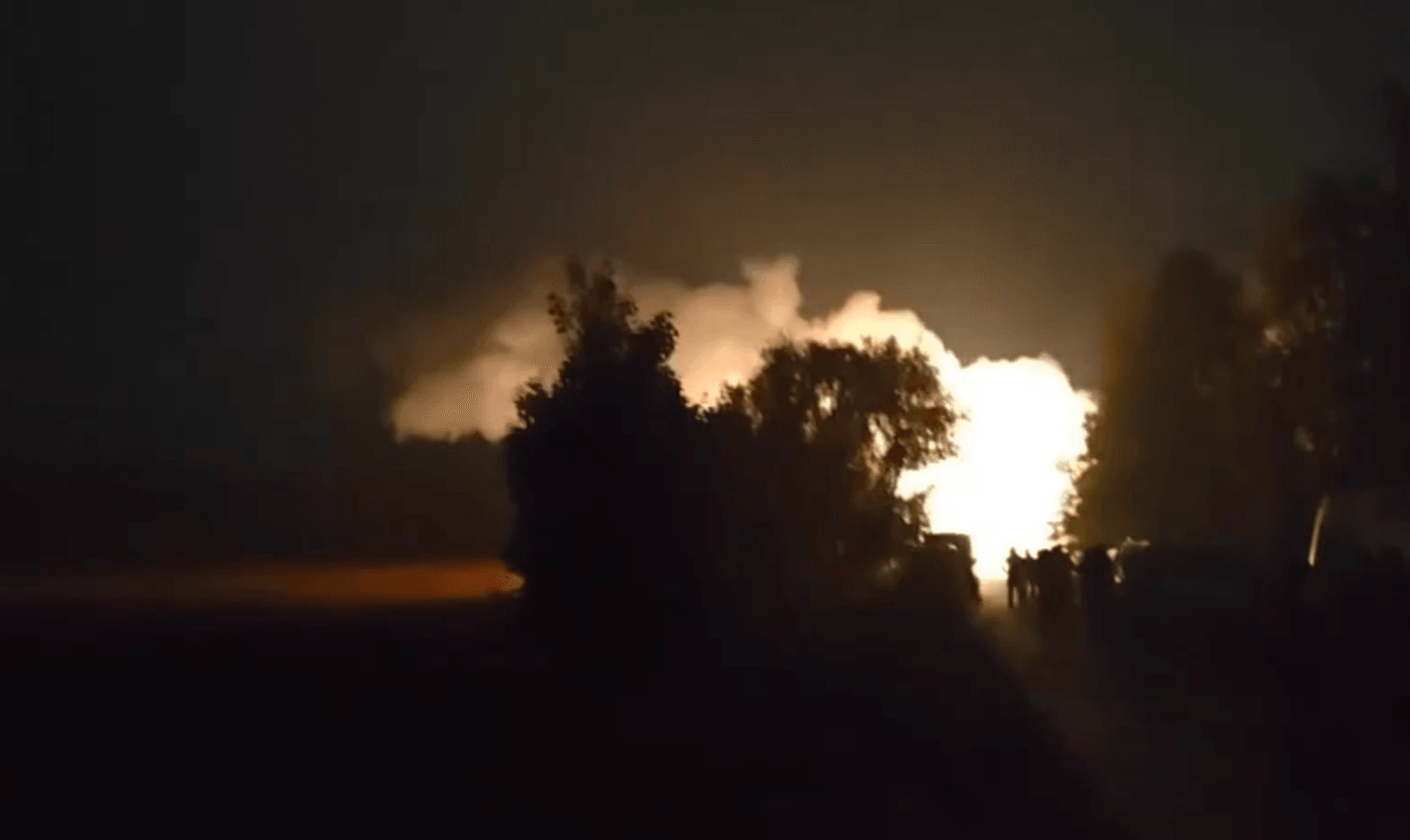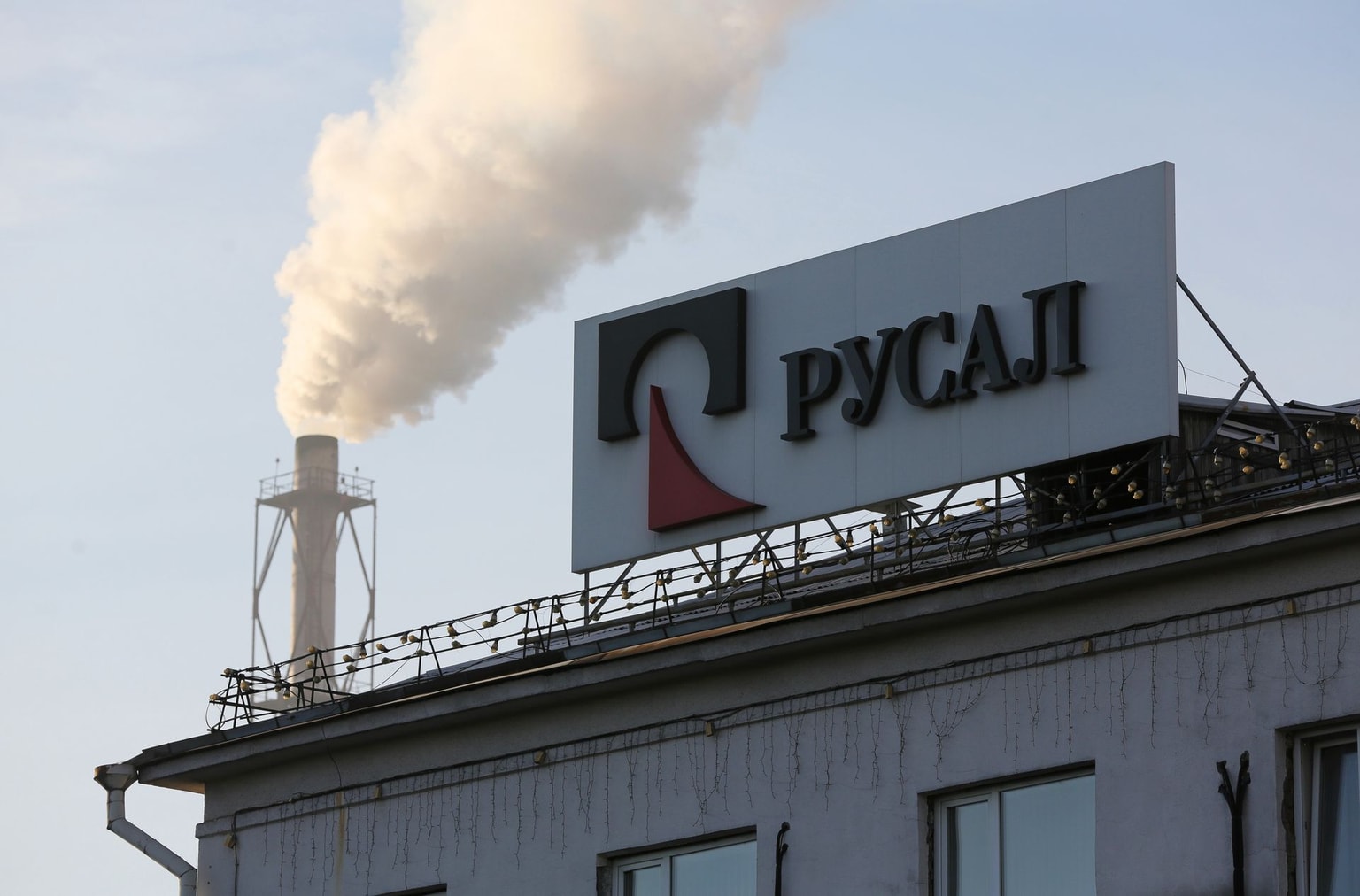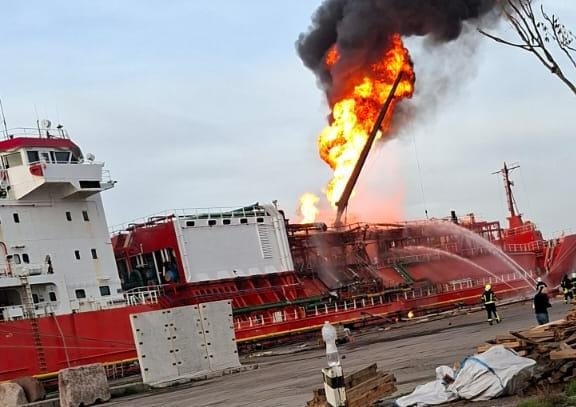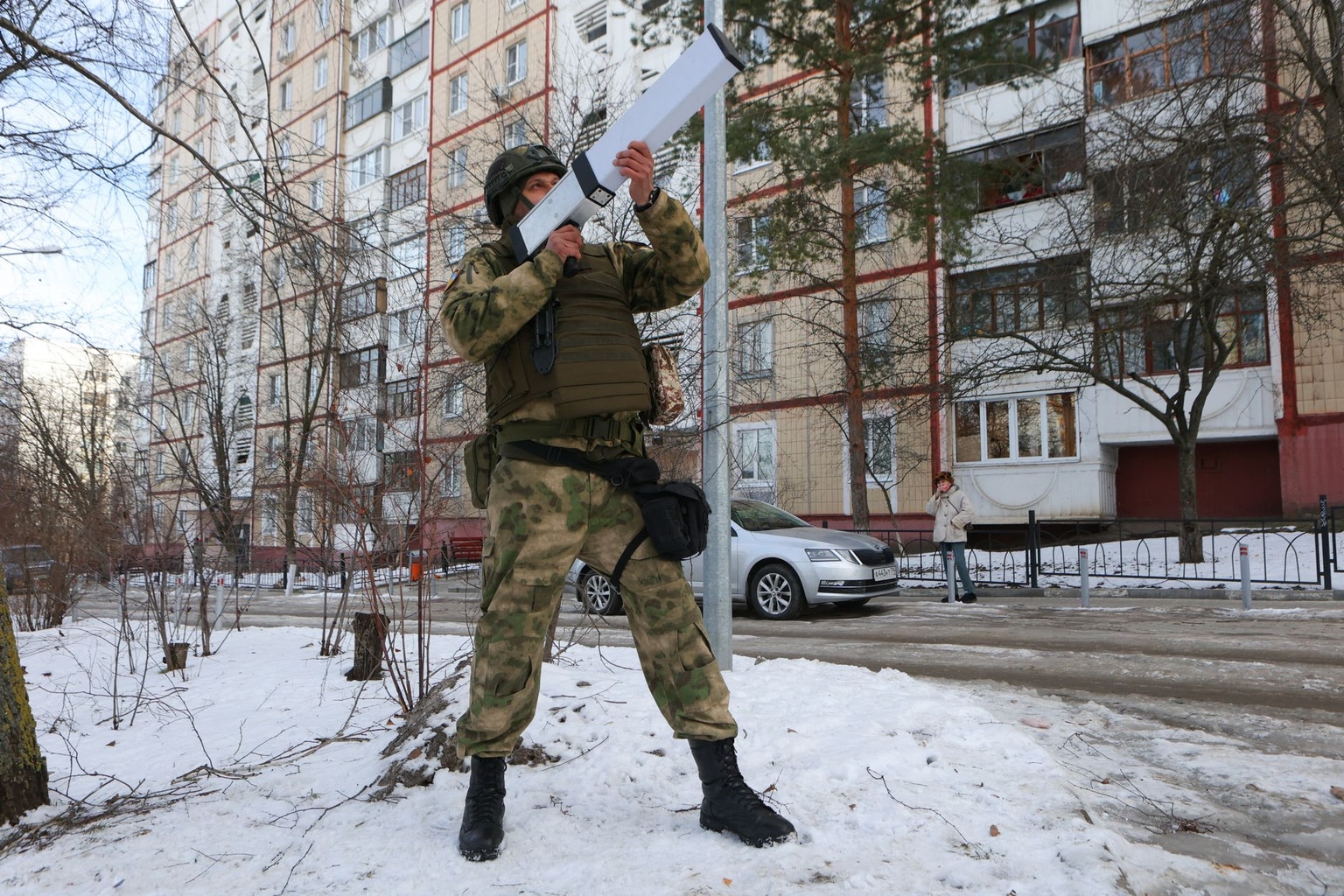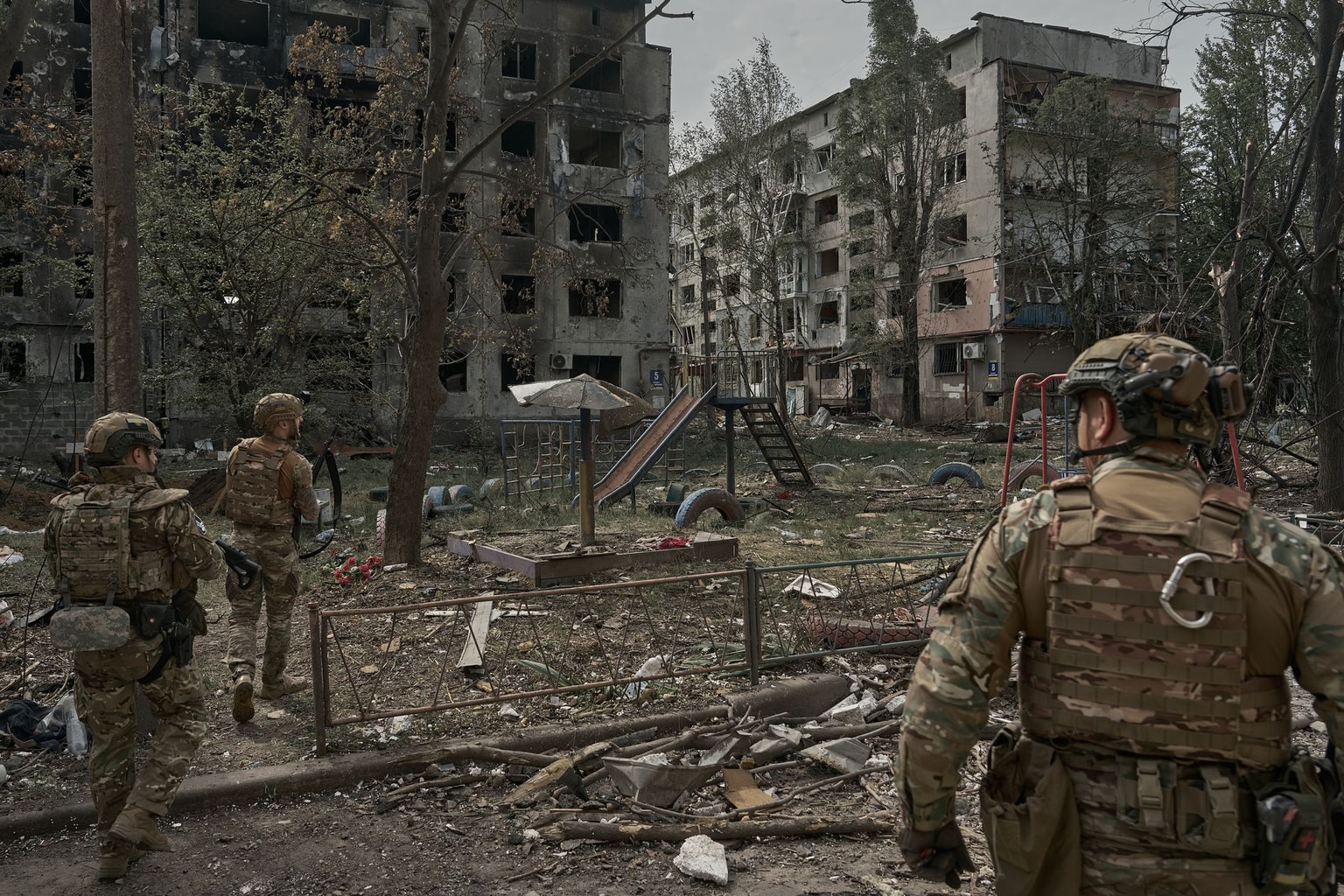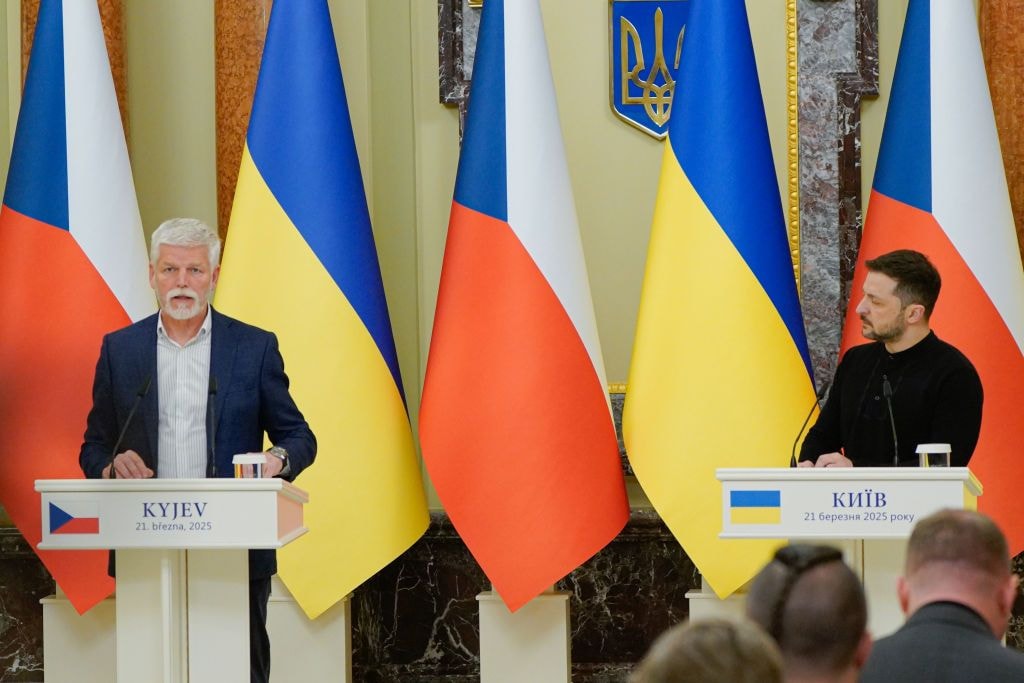
Doing business in Ukraine's front-line regions: Myths vs. reality
A worker of an agricultural enterprise walks near a combine harvester near Orikhiv, Zaporizhzhia Oblast, Ukraine, located six kilometers from the front line, on July 8, 2025. (Dmytro Smolienko / Ukrinform / NurPhoto via Getty Images)
In wartime, perceptions often overshadow reality. Nowhere is this clearer than in Ukraine's front-line regions: constant danger, labor shortages, little governmental support, and economic isolation are common beliefs about doing business in these areas.
Unfortunately, many international stakeholders rely on these overly generalized views, resulting in a distorted image of Ukraine's economic landscape. To address these misperceptions, the European Business Association, together with its Ukraine Recovery Committee and regional offices in Dnipro, Kharkiv, and Odesa, prepared a White Paper on "Debunking Myths About Business Risks in Ukraine’s Frontline Regions."
The White Paper confronts the nine most persistent myths and presents firsthand insights from businesses working on the ground. Rather than focusing solely on risks, it highlights real opportunities for investment, entrepreneurship, and public-private cooperation. The paper also includes a glossary of terms useful while discussing the topic.
The document was presented to an international audience during a high-level discussion in Rome —"Fact vs. Fiction: Business Realities in Wartime Ukraine," held just ahead of the Ukraine Recovery Conference.
The goal was simple but critical: shifting the narrative from myth to measurable impact.
Myth 1: There are no real business opportunities in front-line regions due to constant danger
Fact: Despite security challenges, tangible investment opportunities do exist. Front-line regions require reconstruction, logistics, and local production, which creates opportunities for foreign investment. For instance, underserved markets and population needs (due to internal displacement) create new demand (e.g., over 20,800 new business entities opened in the Kharkiv region in 2024), indicating there is economic activity to tap into. Investors can focus on sectors like manufacturing, food processing, logistics, and tech, provided they understand real vs. exaggerated risks.
Myth 2: The risks are too high and uninsurable in the war zone
Fact: A national war risk insurance law (draft law No.12372) is underway to address this gap, creating reinsurance tools within Ukraine. Additionally, insurance solutions are provided by international partners (like MIGA) to offer political and war-risk insurance. Local financial institutions and banks also provide long-term loans with grant support and reduced collateral requirements, supported by international funds like EFSE, UIF, etc. While risks remain, tools to mitigate exposure are being developed in real-time.

Myth 3: The government does not provide any real support for investors in dangerous areas
Fact: A growing set of policies and instruments exists: concessional loans, grant co-financing, state guarantees, and updates to legislation like the new Law on Factoring. These tools help with liquidity, cash flow, and investment protection. What’s more, draft laws on war-risk insurance and programs for relocation, digital business support, and simplified regulation are being scaled. Gaps remain, but the toolbox is expanding fast.
Myth 4: Local authorities are too unorganized to help businesses in front-line zones
Fact: Many local governments in front-line areas have become agile and business-oriented out of necessity. They offer fast-track permitting, security coordination, and cooperation with military administrations. Examples include proactive support from city councils and collaboration between civil-military authorities to sustain economic functions. Businesses report stronger partnerships with local officials than prewar. For example, the city of Trostyanets in Sumy Oblast, under Mayor Yuriy Bova, attracted over $200 million of investment in eight years by creating competitive conditions and investor-friendly policies.
Myth 5: Veterans and internally displaced people in front-line areas are only recipients of aid not economic actors
Fact: Veterans and internally displaced people are starting and running businesses, particularly in relocated industries. Programs exist to support this: grants for veterans, special financing from state banks, and international support from EBRD, GIZ, and others. This segment represents skilled, resilient human capital, ready to build new value chains. Investors can find partners and talent among these groups, especially in production and services
Myth 6: Front-line businesses are economically isolated and disconnected from national or international markets
Fact: Government and donor programs now focus on integrating front-line firms into supply chains. This includes simplification of certification, digital commerce platforms, and targeted export support. EU and Ukrainian actors work to ensure producers in Kharkiv, Mykolaiv, or Dnipro are not left behind. Investors can engage through subcontracting, joint ventures, or sourcing from these regions.
Myth 7: International development focuses only on humanitarian relief, not business development
Fact: The new "Area-Based Recovery in Ukraine" program (2025–2028), funded at $120 million, targets local economic revitalization, not just humanitarian aid. Other initiatives, such as "Industrial Ramstein" may coordinate industrial recovery. These programs are just a few examples that offer opportunities for public-private partnerships, co-investments, and grant-blended projects in front-line cities. Investors can align with international momentum rather than act alone.
Myth 8: Nothing good can emerge from war zones; innovation is impossible there.
Fact: Front-line cities are becoming testing grounds for new models in health, education, governance, and safety. For instance, digital services, decentralized administration, and resilience-focused infrastructure are being trialed under pressure. This accelerates reform and creates space for experimentation. Investors interested in frontier innovation can find active ecosystems despite instability.
Myth 9: Businesses can only survive here through constant charity or emergency relief
Fact: Cultural, creative, and social initiatives led by businesses are helping to stabilize cities and retain human capital. Supporting schools, arts centers, or local identity campaigns creates community loyalty and employee retention. These investments build future consumer bases and goodwill. Strategic corporate social responsibility or impact investment is not just noble — it’s smart business in a high-risk but also high-return environment.
Glossary
Front-line regions— oblasts of Ukraine directly bordering active combat zones, currently including parts of Kharkiv, Dnipropetrovsk, Mykolaiv, Zaporizhzhia, Sumy, Donetsk, Kherson, Odesa, and Chernihiv.
IDPs (Internally displaced persons) — citizens of Ukraine who have been forced to flee their homes due to war but remain within the country.
War-risk insurance — specialized financial protection against losses caused by conflict, now under development in Ukraine and in dialogue with international institutions like MIGA.
Impact investment— investments made with the intention to generate positive social or environmental impact alongside a financial return.
Public-private partnership — collaborative arrangements between government bodies and private sector actors to deliver infrastructure or services.
Industrial Ramstein — proposed format for coordinating international support for Ukraine’s industrial sector, akin to the military-focused Ramstein meetings.
Area-based recovery— a donor-funded approach to recovery that focuses on local economies and community-level needs, not just national reconstruction.
EBA — European Business Association, one of the key platforms supporting dialogue between businesses and the government in Ukraine.
URC25 — Ukraine Recovery Conference 2025, a high-level international donor and investment platform to support Ukraine’s post-war development.


